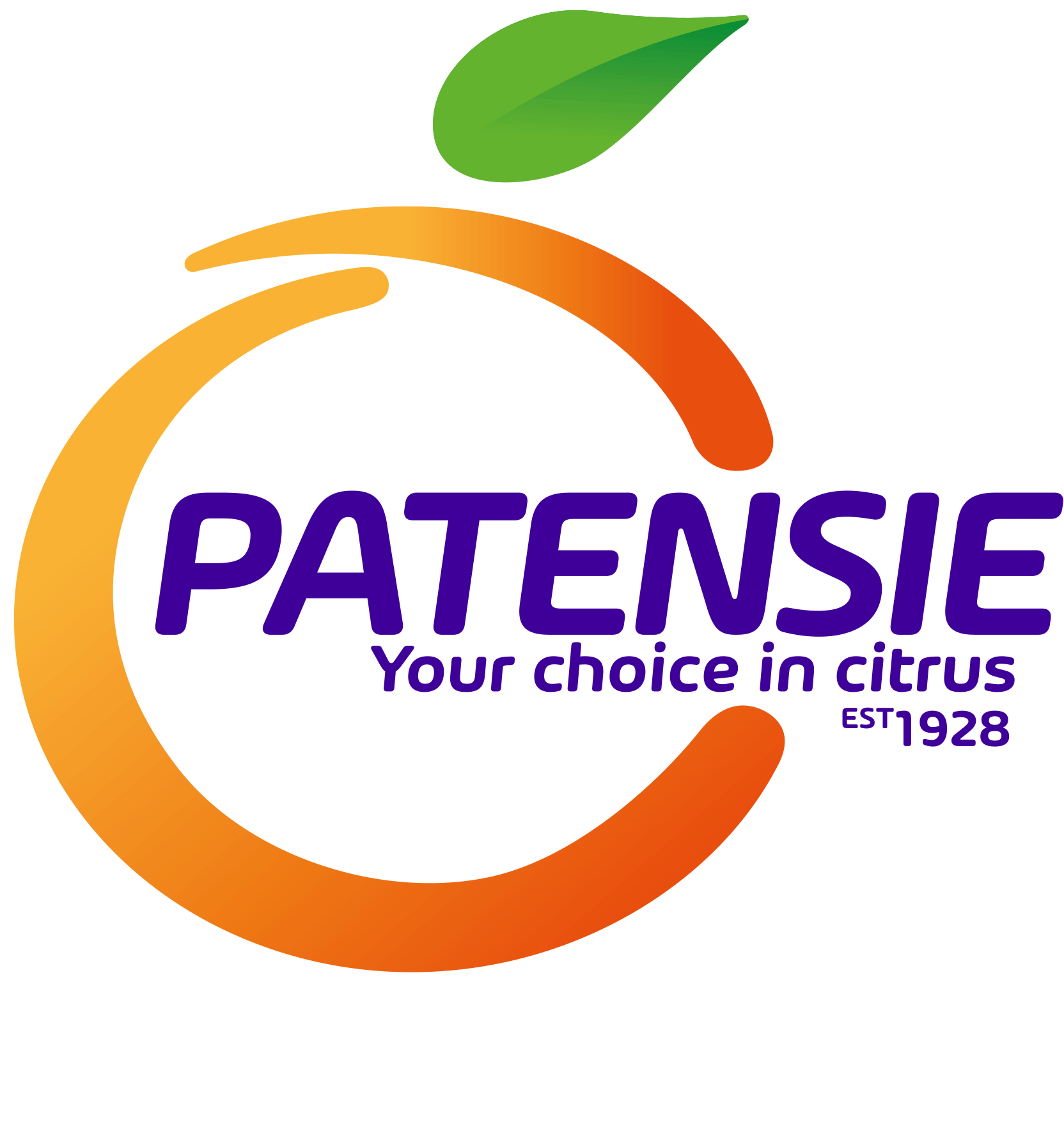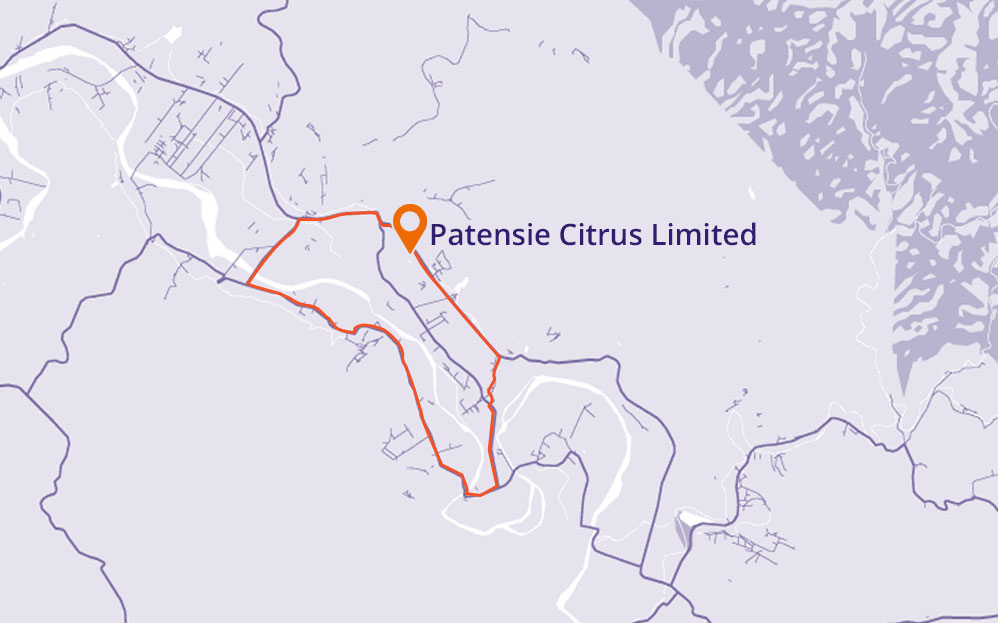About Patensie Citrus
South Africa’s Gamtoos Valley – home to Patensie Citrus – boasts the unique combination of natural qualities needed to produce outstanding citrus. Its ideal climate and soil conditions, natural protection from elements, an abundant supply of water from the Kouga Dam, and the assortment of microclimates on the slopes of the valley enables the cultivation of a wide range of superior citrus cultivars. This also allows for an exceptionally long picking and marketing season.
From small beginnings in 1928, Patensie Citrus has become one of the largest exporters of citrus in South Africa. Since those early days, Patensie Citrus has played a leading role in the citrus industry and has strived to fulfil its vision, which is to become a world leader in citrus production, packaging and marketing.
The vision starts in our nursery where the latest technology is used to produce certified trees for our producers. Together with our commercial farm, where new cultivars are evaluated, the nursery is geared to deliver trees that will thrive under the optimal conditions of the Gamtoos Valley.
Patensie Citrus is also very aware of its responsibilities regarding its employees as well as towards the broader community, and actively invests in its people. The provision of a professional health care program and clinic for employees, as well as initiatives regarding BEE are testimony to this commitment.
With all these natural advantages as well as more than 80 years of experience in producing quality citrus, Patensie Citrus is well set to meet the demands of its discerning customers well into the future.



